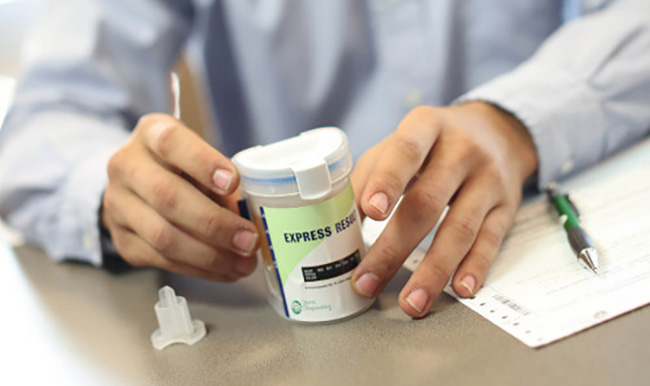 Random, or “spot,” drug testing is a strong deterrent to drug users because it is conducted on an unannounced basis. Using a random selection process (e.g., computer-generated), an employer selects one or more individuals from all the employees included in the employer’s workplace drug-testing program. By using a random selection process, employers ensure that there is no bias and that all employees have an equal chance of being selected, even those who have been drug tested recently. Random drug testing can be more effective at detecting and deterring drug use than pre-employment testing because employees do not know when they may be selected for testing.
Random, or “spot,” drug testing is a strong deterrent to drug users because it is conducted on an unannounced basis. Using a random selection process (e.g., computer-generated), an employer selects one or more individuals from all the employees included in the employer’s workplace drug-testing program. By using a random selection process, employers ensure that there is no bias and that all employees have an equal chance of being selected, even those who have been drug tested recently. Random drug testing can be more effective at detecting and deterring drug use than pre-employment testing because employees do not know when they may be selected for testing.
Positivity Rates
Results from the 2014 Quest Diagnostics Drug Testing Index™ (DTI) show that, similar to pre-employment testing, random urine drug test positivity rates are higher in the general U.S. workforce (5.7%) than they are in the federally-mandated workforce (1.5%).
Testing Prevalence
Data gathered from the Drug Testing Index shows that random drug testing is the second most common reason for drug testing – behind pre-employment. Federally-mandated, safety-sensitive workers – which include pilots, bus drivers and truck drivers – and workers in nuclear power plants are required to undergo random drug testing, as mandated by the U.S. Department of Transportation (DOT) and the Nuclear Regulatory Commission (NRC), respectively. Consequently, it is not surprising that in 2014, random testing made up 43.3 percent of federally-mandated drug tests and 15.5 percent of tests in the general U.S. workforce. Of interest is that in the general U.S. workforce, the positivity rate for random tests is higher than pre-employment tests while, in the federally-mandated, safety-sensitive workforce, random positivity is less than pre-employment. This may be partially attributable to the higher random testing rate in the federally-mandated workforce. Despite its intended use to maintain a drug-free workplace and to deter drug use among current employees, the majority of private sector employers elect not to perform random drug testing. Perhaps this is due to the added cost, administrative requirements or because of the perception that it can diminish employee morale. In addition, lab-based pre-employment urine testing is permitted in all 50 U.S. states, some cities and states restrict or prohibit random drug testing.
Specimen Types
Urine is the only specimen type permitted for federally-mandated drug testing programs, regardless of the reason for testing. Employers in the general U.S. workforce have the ability to use any specimen type for random drug testing. Leveraging data from the 2014 DTI in the general U.S. workforce, random drug test positivity rates were as follows for each of the specimen types:
- Urine – 5.7%
- Oral fluid – 9.5%
- Hair – 10.7%
Random drug test positivity rates in this population are higher than the pre-employment rates for all three specimen types. The variation may be indicative of the donor’s ability to cease their drug use long enough to pass the pre-employment test, enabling them to get hired and resume their drug use, only to test positive on a random screening for which they were unable to ‘prepare.’
In Conclusion
In our opinion, the very best drug testing programs, the ones aimed at creating and maintaining drug free workplaces do so by combining a variety of specimen types (urine, oral fluid, hair) and reasons for testing (pre-employment, random, etc.). Each type of specimen and reason for testing has its strengths and best-suited applications for both detecting and deterring drug use.
Random drug testing works best when combined with a pre-employment testing program that’s designed to keep drug users from being hired in the first place. Both reasons for testing should be included in the company’s employee drug testing policy, and to whatever degree is appropriate, should be openly shared with applicants and employees – as just having a program in place is an effective means of discouraging drug use.
Like pre-employment drug testing, each of the three specimen types is suitable for random testing depending on company goals, policies and budgets. Random drug testing is also effective at screening an employee population for drug use – when comparing random to pre-employment, all three specimen types produced a higher positivity rate on random drug tests.
For more information about drug testing, visit our website.
Employers design drug-free workplace programs to protect their organizations from the adverse impacts of drug abuse and promote productivity, health and safety. Every drug testing type and method has its strengths and employers must choose which works best for their organizations. This blog series explores the different reasons for drug testing, the frequency of each and the specific pros and cons each one provides Read the introductory post to learn more about the series.





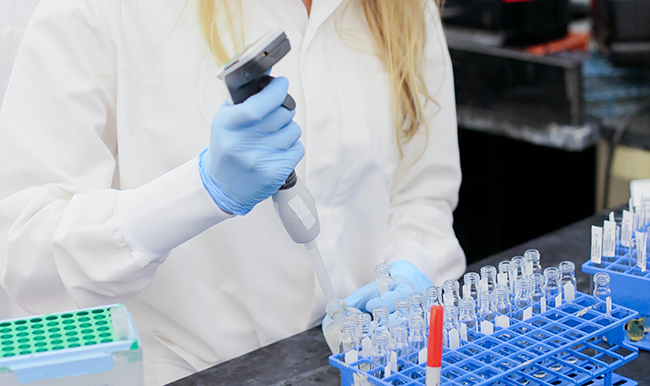
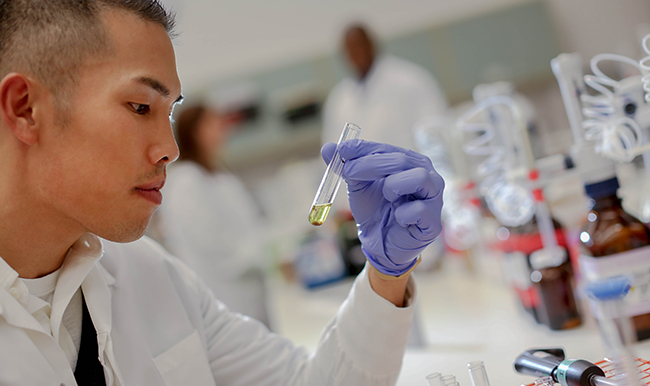


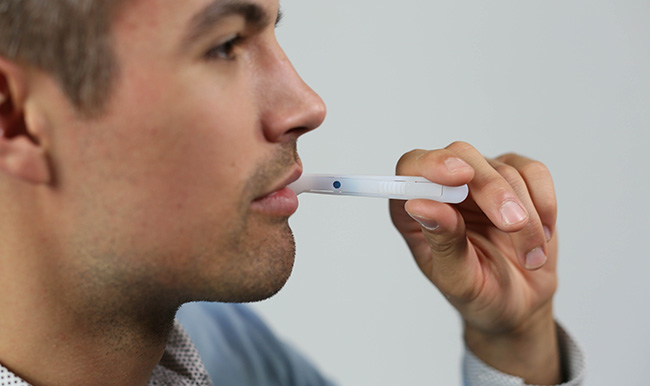
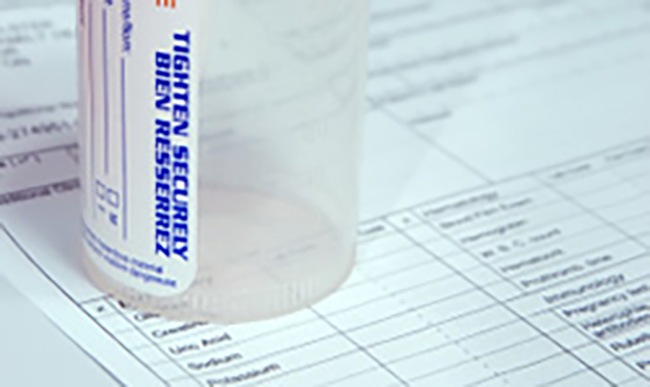
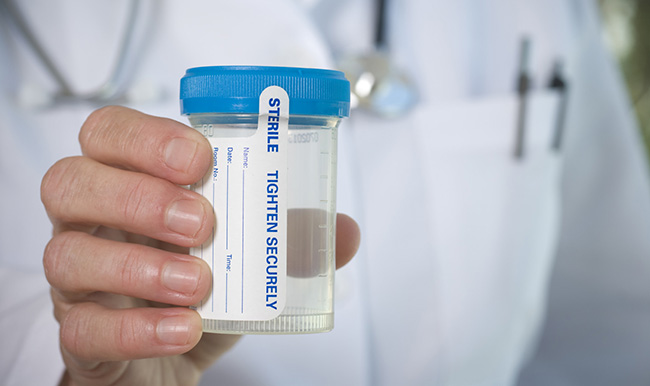





2 comments on “Reasons for testing: Random drug testing”